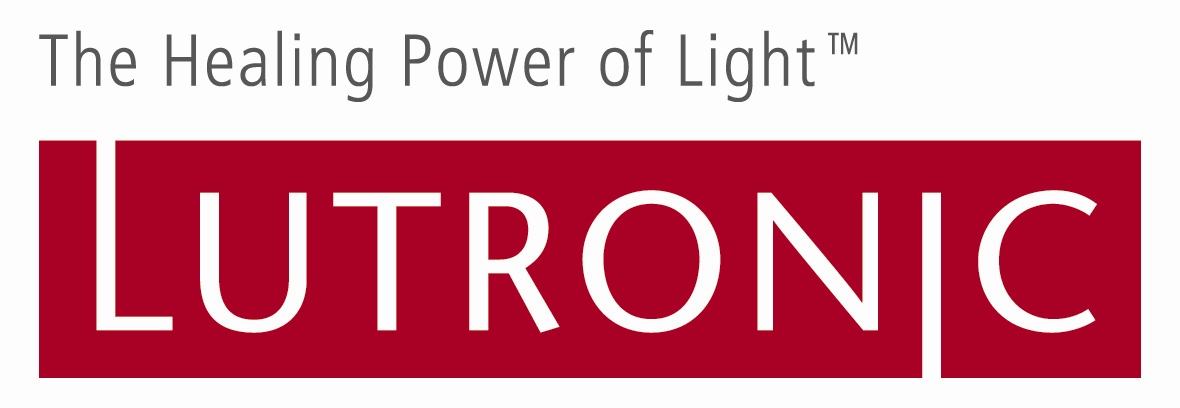InticonLase® is a minimally invasive laser treatment available at Beau & Hans Centre since 2014 that effectively treats Stress Urinary Incontinence (SUI).
What is Female Stress Urinary Incontinence (SUI)?
Stress Urinary Incontinence (SUI) is when urine leaks out with sudden pressure on the bladder and urethra. It is often happens when physical movement or activity such as coughing, sneezing, running or heavy lifting, and hence puts pressure (stress) on your bladder.
SUI is attributed to anatomical defects in the structures that support the bladder and urethra. Consequently, the urethra is not closed off properly during exertion, resulting in leakage [2].
Age, pregnancy, and child delivery are significant risk factors. Symptoms of urinary incontinence (UI) has been found to reduce both social interactions and physical activities and is associated with poor self-rated health, impaired emotional and psychological well-being and impaired sexual relationships

“Female stress urinary incontinence (SUI) is a significant public health problem, with estimated prevalence rates of 4–35% of adult women [1, 2].”
What are the various treatments for Stress Urinary Incontinence?
There are various treatment options for SUI in the market ranging from pelvic floor muscle training (PFMT) which requires a high level of patient compliance, where long term, regular and correct execution of the exercises is required to achieve results.
Various other treatment including invasive surgical procedures or minimal invasive methods are available too. Surgical procedures give a more definitive end result, but it also carries the risk of complications such as vascular injury, bladder perforation, post-operation voiding dysfunction, along with a longer recovery time.
These lead to the rise of minimal invasive laser treatment for Stress Urinary Incontinence that offers good result and also carry a high level of safety as well as a short recovery time.
Introducing FOTONA Incontilase® : Stress Urinary Incontinence Laser Treatment

“Scientific results from clinical study show excellent improvement for mild and moderate stress urinary incontinence:
120 days after IncontiLase® treatment 94% of patients reported improvement and 68% of all patients claimed to be free of SUI symptoms. [3] No adverse events noted in the study. [3]”
IncontiLase® is an innovative and unique, patent-pending, non-invasive Er:YAG laser therapy for incontinence. It is based on non-ablative photothermal tension and shrinkage of the urethral and anterior bladder wall region.
The IncontiLase® treatment is based on precisely controlled laser-induced thermal effects in the mucosa tissue in the region of the vestibule and urethral orifice, as well as in the area along the anterior vaginal wall. The laser used in IntimaLase clinical trials is a 2940 nm Er:YAG, with built in proprietary technology solutions that enable delivery of specially composed laser energy packages to the vaginal mucosa tissue and to collagen-rich endopelvic fascia. Studies have shown that the resulting collagen neogenesis and remodeling leads to the shrinking and tightening of irradiated tissues, and the return of normal continence function.
What are the indications? Who are the candidates?
The indications for IncontiLase® therapy are mild and moderate stress urinary incontinence (SUI). Preliminary clinical studies show that it is an efficient, easy to-perform and safe procedure.
Unique advantages of Incontilase®
- No special pre-treatment preparations or post-treatment precautions are necessary.
- Patients can return to their normal everyday activities immediately after treatment.
- Additional advantages of IncontiLase® are that the procedure is incision-less and virtually painless, with no cutting, bleeding, or sutures involved.
- Recovery is extremely quick without the need for analgesics or antibiotics consumption.
How are treatments performed?
Incontilase® procedure takes about 15-30mins to complete and it involves a 2 steps process:
- 1st step: A speculum will be inserted into the vaginal canal, follow by a Fotona proprietary angular adapter handpiece. Laser beam will then be delivered towards the vaginal canal.
- 2nd step: The external surrounding area, such as vestibule and introitus, are treated directly with the laser energy.
How many treatments are required?
We usually recommend our patients to do 3 treatments spaced 1 month apart to achieve optimal results.
How do I take care of myself after the procedure?
The downtime is relatively minimal. Patients can generally resume sexual activities 7days after their Incontilase® treatments. But it is highly advised to avoid vaginal douching, avoid activities that increase bladder pressure such as heavy lifting during the recovery period. Pelvic floor muscle training exercise is encouraged to promote an even better result.
What results can I expect?
You will experience a gradual improvement of your symptoms, with the optimal results achieved approximately four months after your last treatment. 68% of women report that they experience no incontinence and are completely dry after 4 months. 94% report an overall improvement.

In summary, here are the advantages of Incontilase® Laser
- Incision-less laser treatment
- Minimally invasive with very little downtime
- Safe, quick and easy procedure
- Walk in & walk out procedure
- Virtually pain free, no anesthesia required
- No need for antibiotics or sedative in most cases
- No sutures or cutting required, no bleeding during or after procedure
- Luber, K.M. The definition, prevalence, and risk factors for stress urinary incontinence. Rev Urol. 2004; 6: S3–9
- Dumoulin, C., Hay-Smith, E.J.C., and Mac Habée-Séguin, G. Pelvic floor muscle training versus no treatment, or inactive control treatments, for urinary incontinence in women. Cochrane Database Syst Rev. 2014; 5: 119
- Novel Minimally Invasive VSP Er:YAG Laser Treatments in Gynecology. Article: J. LAHA, Vol. 2012, No.1; pp.46-58








